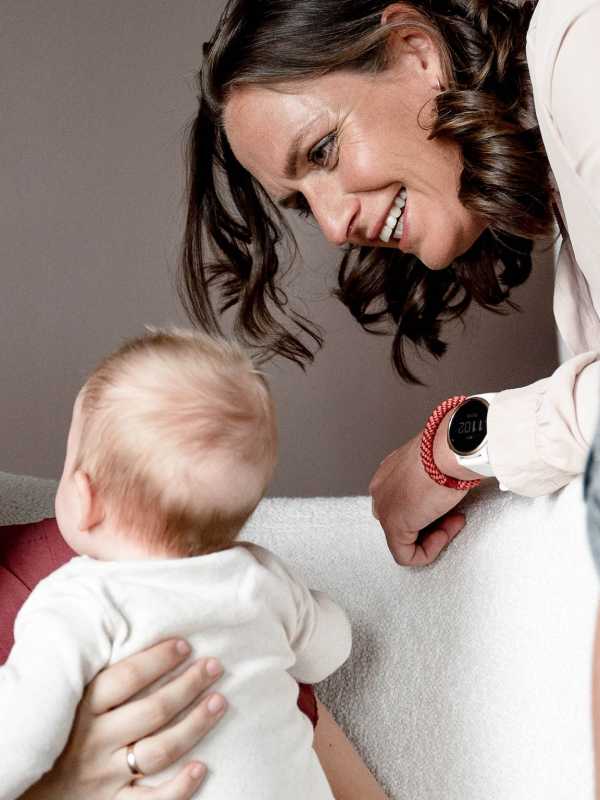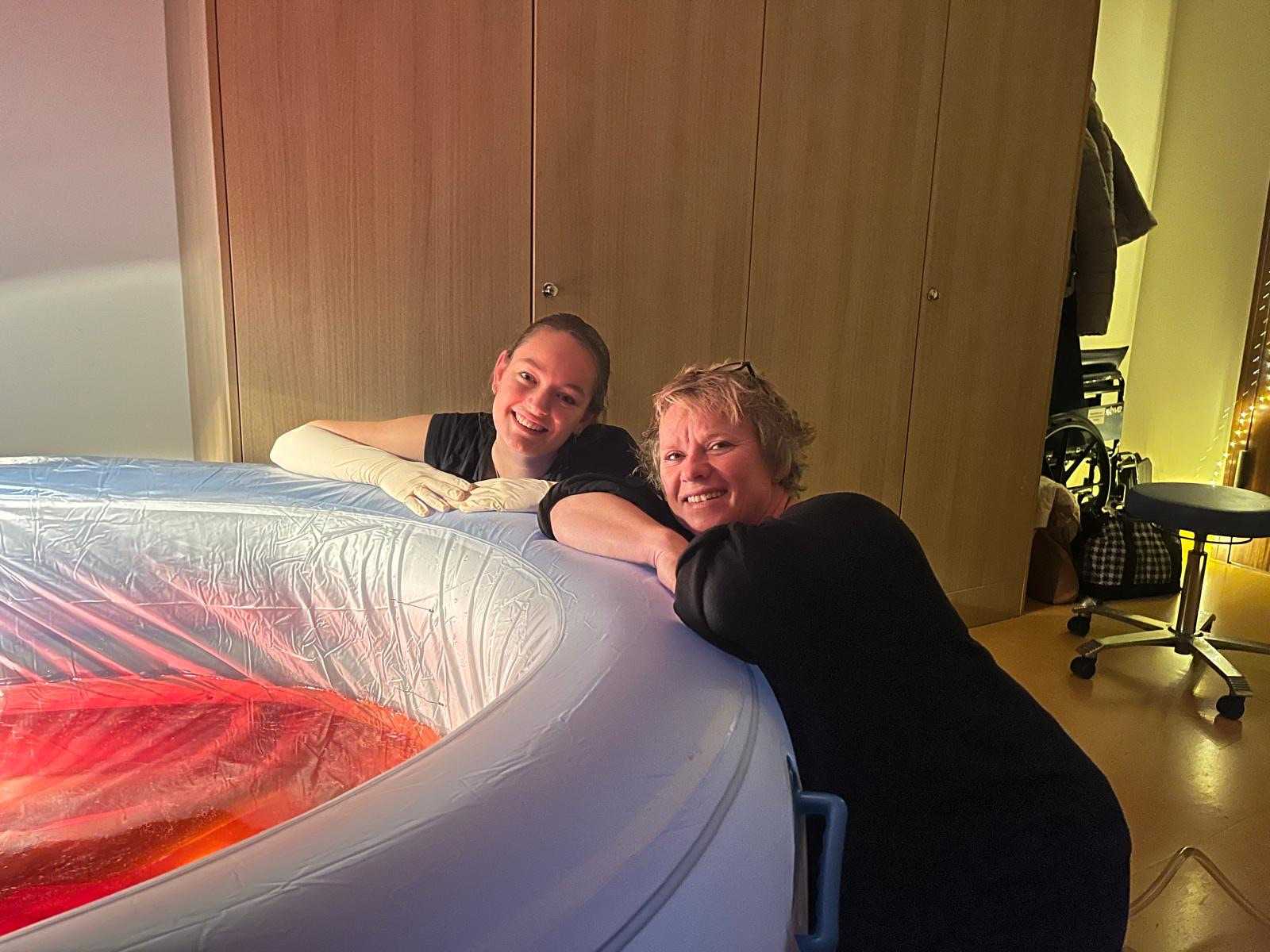Knowlegde Base: Inducing Labor with a catheter | Midwifery Practice Bergweg

Around 39 weeks, we will discuss with you whether you would like to induce labor at 41 or 42 weeks. The pros and cons of induction must be carefully weighed. How does a balloon catheter work? A balloon catheter helps to ripen the cervix for labor. The balloon is inserted into the cervix through the vagina. The pressure and stimulation release hormones, which soften the cervix, leading to effacement and dilation.
After placement, you may experience contractions or some blood loss.
What is a balloon catheter and how is it placed? A balloon catheter is a thin, flexible tube with a small balloon at the end. This tube is inserted into the cervix using a speculum or vaginal examination. The balloon is filled with water (2-3 cm in diameter) and secured to the inside of your thigh.
After placement, a CTG is performed to monitor your baby's heartbeat and any contractions. This takes about half an hour. You can then go home. The insertion is done at Franciscus Gasthuis in Rotterdam.
Here is the information from Franciscus Gasthuis.
What can you expect after placement? Labor usually does not start immediately after the balloon is placed. It may take a day or longer before there is enough dilation to break the membranes.
If the balloon falls out on its own, your midwife will check if there is enough dilation. If not, a follow-up plan will be made at Franciscus Gasthuis.
If the balloon does not fall out and there are no contractions or broken membranes, your midwife will visit after 24-36 hours to assess the situation. If there is enough dilation, she will remove the balloon and break the membranes. You can then wait 12-20 hours for spontaneous contractions.
If there is insufficient dilation after three days, the induction will continue in the hospital, possibly with a vaginal tablet (misoprostol).
When should you contact your midwife? Call immediately if:
The balloon catheter falls out
Your membranes rupture without contractions (call the next morning)
You have regular contractions as agreed
You experience heavy bleeding
You feel less movement of the baby
You have constant abdominal pain
You feel uneasy or have questions
What are the pros and cons of being assisted by your own midwife?
Pros:
You begin labor in your own environment.
You choose the place of birth (home or hospital).
You have a higher chance of being assisted by your own midwife.
Possible Cons:
In case of medical necessity or pain relief, another hospital may be needed if Franciscus Gasthuis is full.
In emergencies, your midwife will always arrange a spot at Franciscus Gasthuis.
Your experience matters! We collaborate with Franciscus Gasthuis to improve care. Therefore, you will receive a survey after delivery. Your feedback helps us further develop our care.

Where can you give birth?




